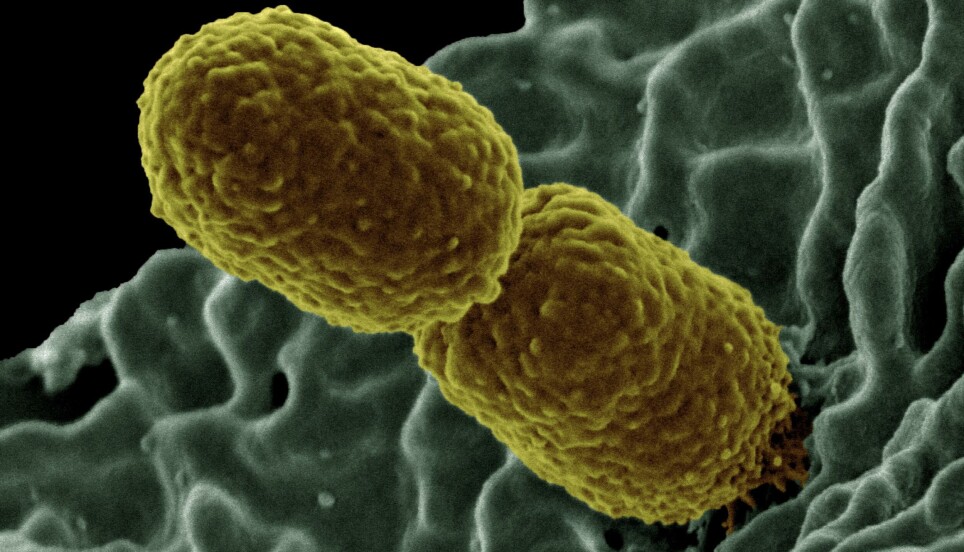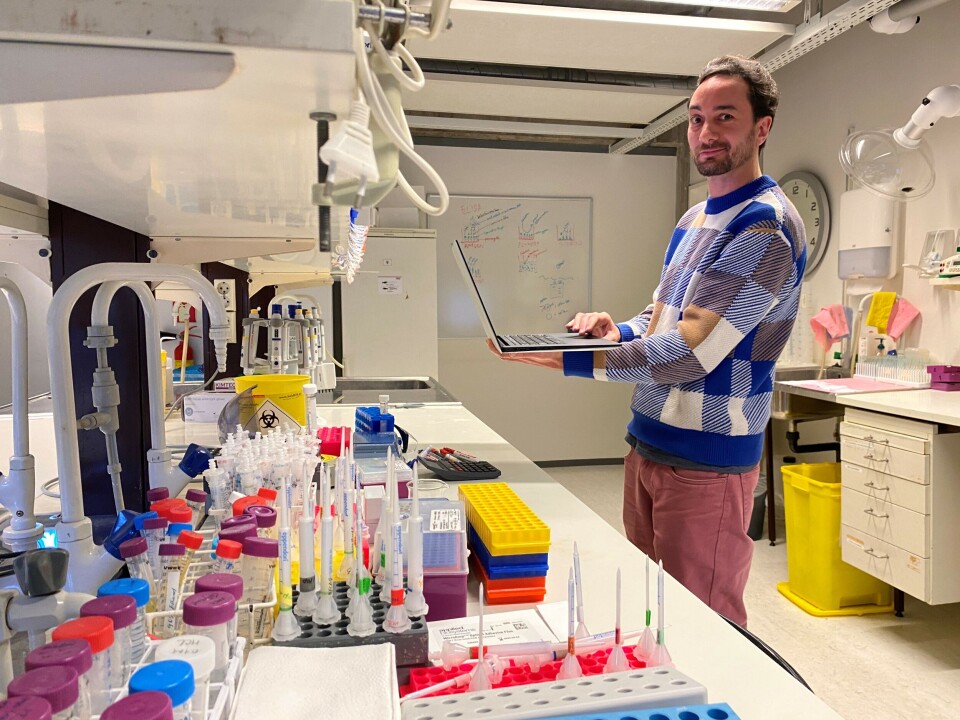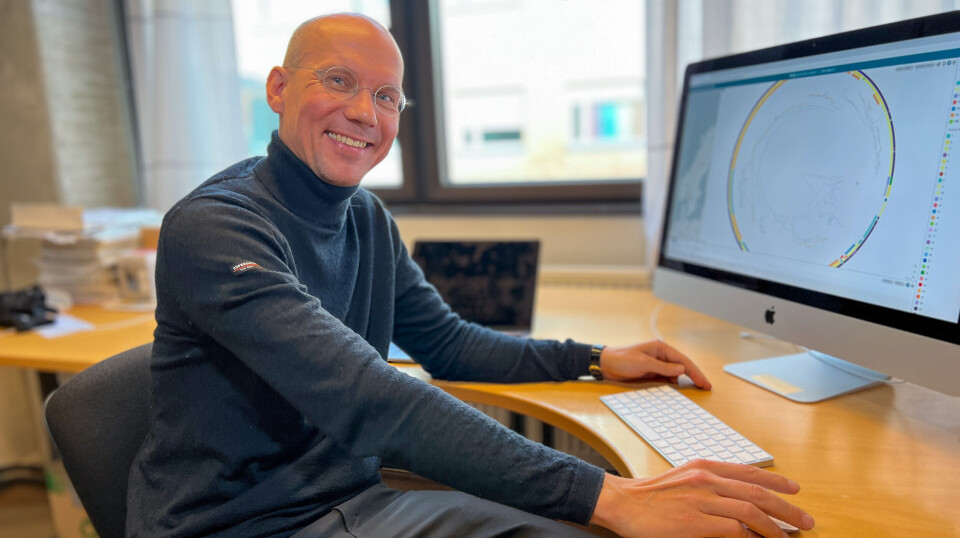THIS ARTICLE/PRESS RELEASE IS PAID FOR AND PRESENTED BY University of Oslo - read more

You are more likely to catch the antibiotic-resistant infection Klebsiella in hospitals than from other sources
Every year, many people get ill from the bacterium Klebsiella pneumoniae, and some variants are resistant to nearly all kinds of antibiotics.
In a new study, researchers at the University of Oslo took a very broad approach by analysing several thousand samples taken from everything from rivers and soil on farms, to poultry and even flies in and around a town in Italy.
They also tested people in- and outside the hospitals.
“We wanted to find out where the Klebsiella bacteria live, and whether the kinds that are resistant live in plants, animals and water, and are then transmitted to humans,” Harry Thorpe explains.
He is a postdoctoral fellow at the Department of Biostatistics at the University of Oslo.
They particularly focused on Klebsiella pneumoniae. This bacterium is commonly present in the intestines of many of us, without causing any harm. But when it occurs in other parts of the body, it can cause pneumonia, meningitis and infections in the urinary tract, the blood and the liver.

Klebsiella pneumoniae is a threat to public health
“The World Health Organisation lists Klebsiella pneumoniae as one of the organisms currently posing the worst threat to public health worldwide. This is because several variants are multi-resistant to antibiotics - in other words, an ever-growing number of antibiotics are ineffective against them,” Thorpe says.
Professor Jukka Corander points out that reserve antibiotics can often cause many side-effects.
“This makes things particularly difficult, when these types of antibiotics are given to very sick and vulnerable patients. Furthermore, several variants of the bacterium that are currently spreading all over the world cannot even be treated with these so-called ‘last resort’ antibiotics,” he says.
The scientists found Klebsiella in half of the samples
It was already known that this bacterium occurs in nature, and the new study discovered Klebsiella in half of all the samples.
One of the main aims of the study was to find the most common ways by which the worst variants infect their hosts. Here, the researchers found a ray of hope.
“Outside the hospitals, we found no bacteria that were resistant to ‘last resort’ antibiotics and there was little sign that these variants spread from nature and farm animals to humans,” Thorpe says.
Dogs and cats can be infected
The scientists conclude that the efforts to stop the spread of these bacteria should therefore be concentrated on the hospitals.
But there was one exception: our pets.
“We found the type of Klebsiella pneumoniae which is prevalent in hospitals is also present in dogs and cats. Veterinarians and owners of dogs and cats should therefore be aware of this when antibiotics are prescribed for pets. They should adopt the same approach as doctors in order to limit resistance,” Thorpe says.
The researchers wonder whether these extremely resistant bacteria may simply be outcompeted in nature.
However, in hospitals, the authorities should strive to implement faster and more efficient testing of the different variants of this bacterium, so that doctors can administer more targeted antibiotics. They must also make sure that the spread of the bacterium is closely monitored, says Corander.

We are going to need new kinds of antibiotics
Professor Corander points to a report on resistance to antibiotics which paints a gloomy picture for the future.
The report says that if we do not address the problem of antibiotic resistance, 10 million people could die every year from infections caused by resistant bacteria, because no treatment will be available to treat them.
Even today, an increasing number of people are dying from infections of this kind and last year, the number of such deaths rose to a million a year.
“This means that there is a pressing need for new kinds of antibiotics to treat these bacteria,” Corander asserts.
“And we must make sure that the antibiotics we have today continue to work for as long as possible going forward,” Thorpe adds.
Reference:
Thorpe et al. A large-scale genomic snapshot of Klebsiella spp. isolates in Northern Italy reveals limited transmission between clinical and non-clinical settings, Nature Microbiology, vol. 7, 2022. DOI: 10.1038/s41564-022-01263-0

This article/press release is paid for and presented by the University of Oslo
This content is created by the University of Oslo's communication staff, who use this platform to communicate science and share results from research with the public. The University of Oslo is one of more than 80 owners of ScienceNorway.no. Read more here.
See more content from the University of Oslo:
-
Queer opera singers: “I was too feminine, too ‘gay.’ I heard that on opera stages in both Asia and Europe”
-
Putin’s dream of the perfect family
-
How international standards are transforming the world
-
A researcher has listened to 480 versions of Hitler's favourite music. This is what he found
-
Researcher: "AI weakens our judgement"
-
New, worrying trend among incels, according to researcher





































